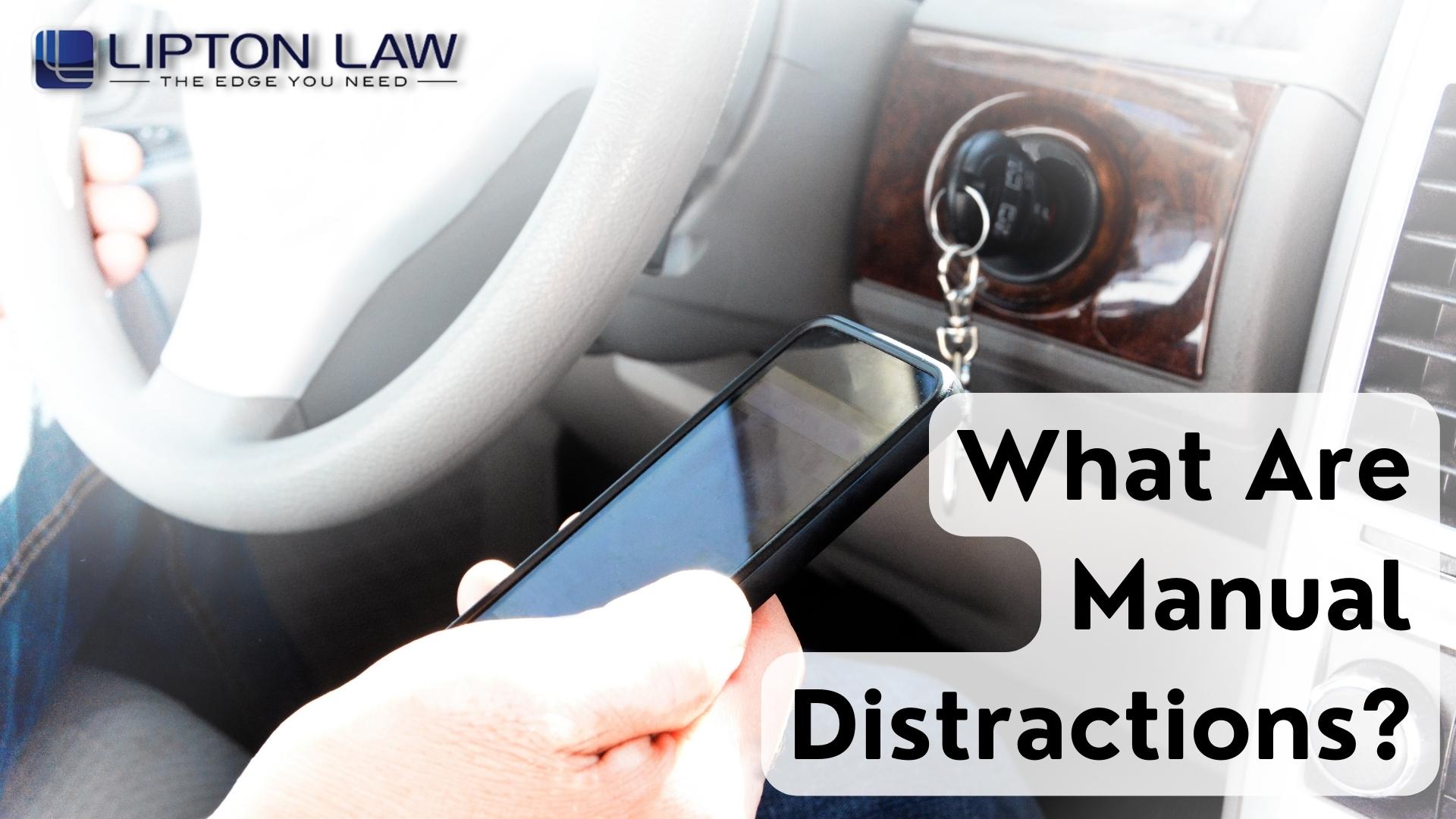The longer people drive their cars, the easier it is for them to perform other activities at the same time. When driving becomes almost like second nature, you may think multitasking is harmless. Unfortunately, whenever you text, eat, change radio stations, or do anything else that takes your attention away from driving, you’re putting yourself, your passengers, and other motorists in danger.
Since 1964, Lipton Law has represented countless Michigan residents in court cases and claims involving car accidents, medical malpractice, premises liability, and more. We aim to hold the responsible parties that caused your injuries accountable for their actions and ensure they never hurt anyone else again. When you suffer injuries in a car accident by a negligent driver, you shouldn’t suffer the financial repercussions that often follow an accident. Damages like medical expenses and other bills can add up quickly, especially when you cannot work.
If a distracted driver injured you, call Lipton Law at 248-557-1688 to schedule a free consultation with one of our compassionate personal injury attorneys.
What Is Distracted Driving?
Distracted driving is when a driver takes their attention away from the road and focuses on another activity. Drivers that change the radio station, answer a phone call, or drink coffee are all engaging in dangerous distractions while behind the wheel. It may seem extreme to consider these activities dangerous, but when performed in addition to driving, they take the motorist’s focus away from the road.
In 2021, the National Highway Traffic Safety Administration (NHTSA) reported that 3,522 people died due to distracted driving. Anything that removes your complete attention from the road is dangerous; texting while driving is the worst distraction. The NHTSA states that even if you take your eyes off the road for five seconds to read or send a text while traveling at 55 mph, it’s the equivalent of driving an entire football field without looking.
When you’re driving, it needs your complete, undivided attention. Think about how often you glance at a passing sign and suddenly have to stop. Driving requires motorists to consistently assess their surroundings and anticipate what other drivers will do. All it takes to cause a distracted driving accident is another driver cutting you off at the exact moment that you change your air conditioning.
What Are the Three Types of Distracted Driving?
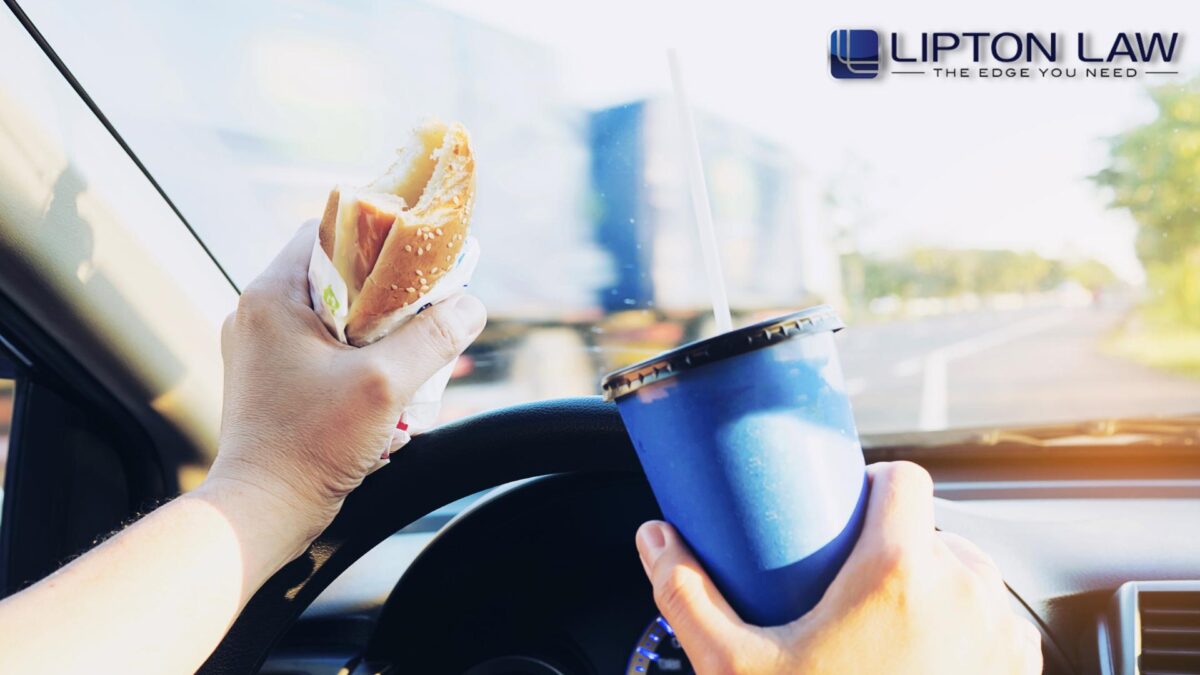
According to the Centers for Disease Control and Prevention, there are three types of distracted driving: cognitive distraction, visual distraction, and manual distraction. Whether you’re daydreaming, sending a text, or looking at your navigation system, you’re driving distracted. While you may think you’re being safe by not using your phone while behind the wheel, if you tend to a crying child in the back seat, you’ve taken your attention away from the road.
Cognitive Distractions
A cognitive distraction takes a driver’s attention away from driving. This distraction can be anything from singing along to the radio, telling a passenger a story, or daydreaming. Cognitive distractions can be incredibly dangerous since the motorist has lost focus on driving and is thinking about something else.
Visual Distractions
A visual distraction makes drivers take their eyes off the road. Visual distractions can happen when a driver looks at their passenger, stares at an accident on the side of the road, or reads a passing billboard. When the driver looks away from the road, and at something else, they may not realize that the car in front of them has stopped or that the traffic light has changed to red. Visual distracted driving often leads to rear-end collisions.
Manual Distractions
A manual distraction is when drivers take their hands off the steering wheel. Manual distractions include changing the radio station, checking your phone, or drinking water. A manual distraction slows a driver’s reaction time. It only takes a second for road conditions to change, like an animal walking into the road or a car suddenly stopping. When a driver’s reaction time is lower, avoiding a collision can often be impossible.
Examples of Manual Distractions
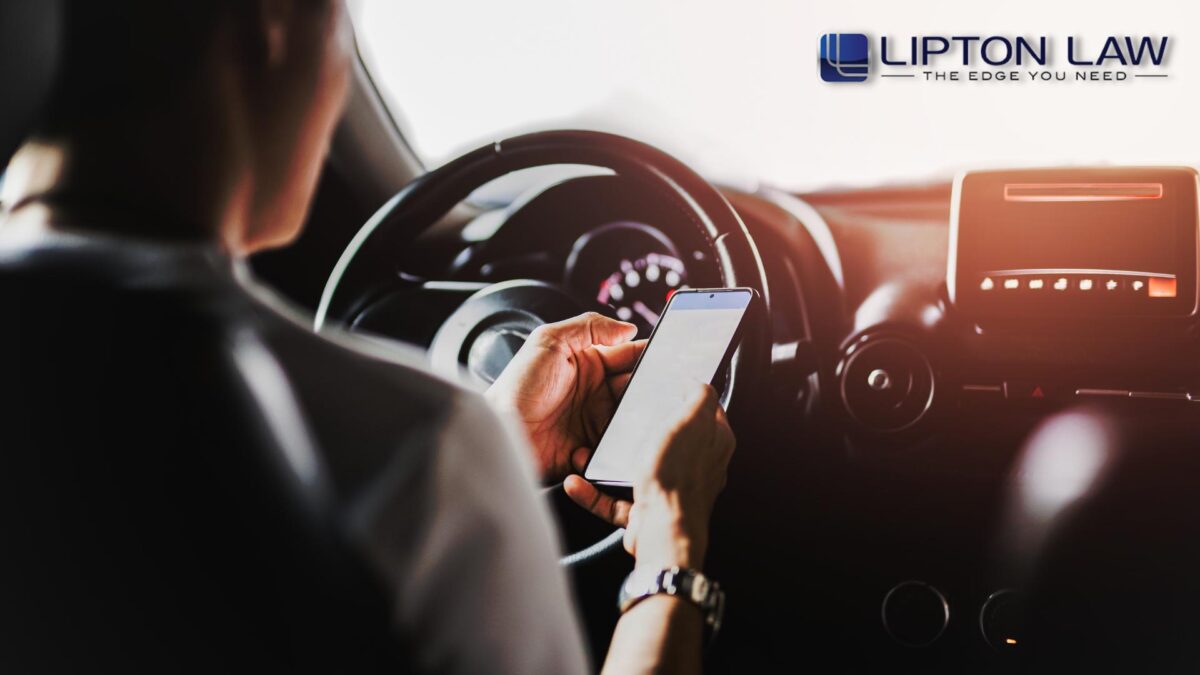
Manually distracted driving may allow you to keep your eyes on the road, but often it involves an activity that removes one or both of your hands from the wheel. Even though your eyes may remain on the road ahead, your reaction time is still slower since you’re eating or holding your phone. Any activity requiring at least one hand off the wheel is considered a manual distraction, but we’ve listed the most common ones below.
Eating and Drinking
With drive-thrus on every corner, eating and drinking while driving is almost too convenient. Since we live in a constant state of rushing from one place to another, eating while driving helps people save time. While this may save you ten minutes between destinations, the NHTSA reports that distracted drivers eating or drinking behind the wheel increase their chances of being involved in an accident by 80%.
When you’re eating or drinking while driving, at least one of your hands is holding your food or drink, which means you have one less hand on the steering wheel. Drivers must have both hands on the wheel to maintain control of their vehicle. If you need to come to a sudden stop or avoid an obstacle, juggling a hamburger can make that much more difficult.
Adjusting the Radio, AC, or Heat
Gone are the days when cars were equipped with just radios and thermostats. Nowadays, vehicles have features like climate-controlled seating, satellite radio, GPS, and more. Whether adjusting your air conditioner or changing stations, you’re taking a hand off the wheel and focusing on something other than driving.
Using a Cell Phone
Drivers using mobile or other electronic devices are the most common forms of manually distracted driving. The National Conference of State Legislatures (NCSL) reports that over 220 million people subscribe to wireless services in the United States. They estimate that around 80% of those individuals use their cell phones while driving.
To fight this dangerous distraction, states are enacting hands-free device laws that only allow cell phone use by voice communication. This means that any viewing, accessing, or other use of cell phones is illegal. So far, 26 states throughout the U.S. have laws banning all drivers from using mobile devices while driving. Thirty-six states take it a step further and prohibit any teen or novice driver from using cell phones.
How to Prevent Manual Distractions While Driving
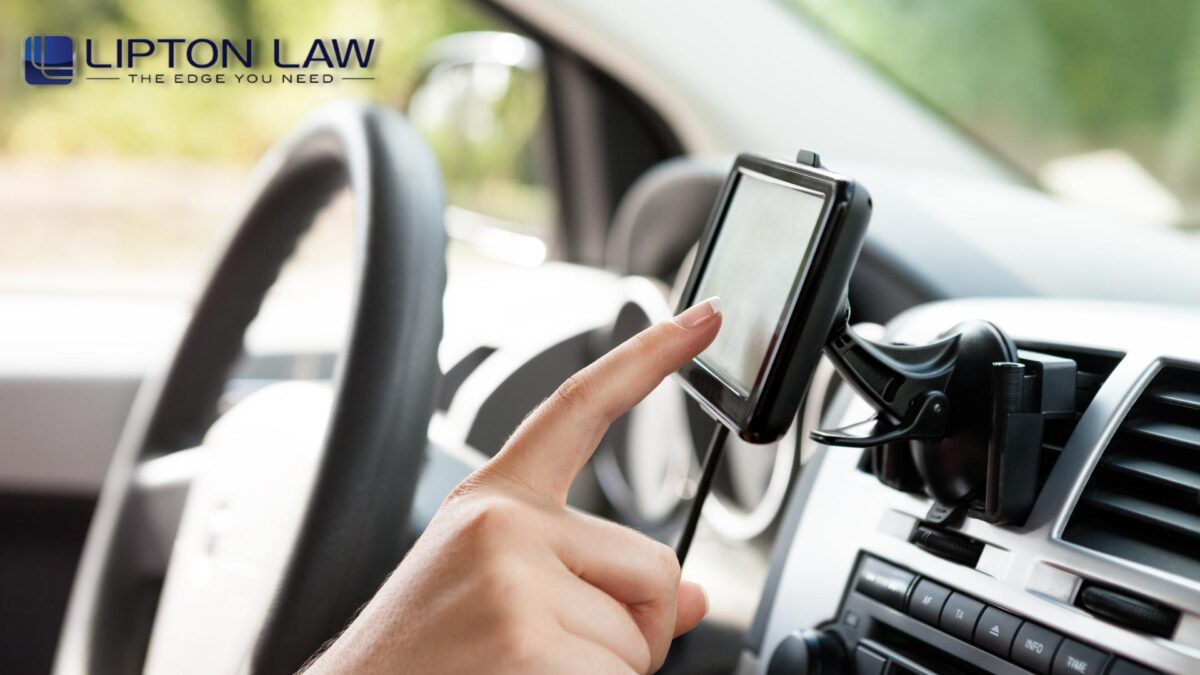
There are ways that you can prevent distracted driving and avoid manual distractions. By incorporating the suggestions below, you can practice safe driving and help make the roadways safer.
- Eat at home or parked: Give yourself extra time in the morning or at meal times to avoid eating while driving. Taking an additional ten minutes or so to eat before leaving for your destination can make the roads safer and allow you to give your full attention to driving.
- Plan ahead: Drivers that are running behind are more likely to multitask behind the wheel. Also, if you’re traveling and need navigation, set everything up before you hit the road so you’re not messing with the GPS or other devices while driving.
- Pullover: Instead of reaching for a crying child while driving, pull over and come to a stop before trying to comfort them.
- Create playlists: Even if you’ve banned talking or texting on your phone while you’re in the car, changing music on your phone is still using your phone. Before you begin your trip, crank up pre-made playlists to keep your eyes on the road.
- Install a text-blocking app: Instead of completely shutting your phone off while driving, consider installing an app that blocks text messages while traveling at certain speeds. Some apps will even block sending outgoing messages and automatically reply to incoming ones with an unavailable message.
Making small changes to your everyday routines can help you stay focused on the road. By removing distractions, you can lower your chances of being involved in a car accident, in turn keeping you and your passengers safe.
What to Do After a Car Accident Caused by Manual Distractions
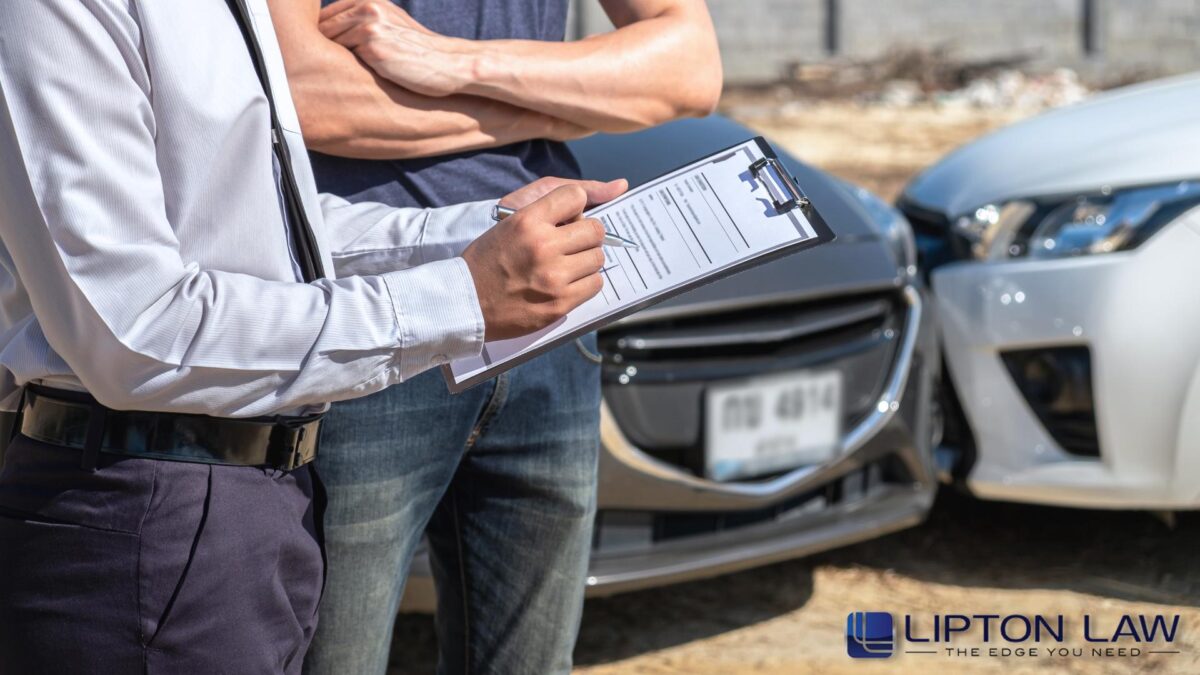
While you can change your habits to avoid distracted driving, you can’t prevent other motorists on the road from engaging in them. If you were involved in a car accident caused by a distracted driver, follow the steps below.
- Call 911: Immediately following the accident, check yourself and anyone else involved for injuries. Once you’ve done that, call 911 regardless of how serious the accident is. While on the phone with dispatch, report any injuries so they know to send an ambulance. Even if the accident is just a fender bender, you still need a police report for insurance.
- Collect Information: After you’ve called the police, collect information from the other driver and passengers. Ensure you get the driver’s insurance, contact information, vehicle information, and any additional information. Also, gather information from witnesses that can provide details about the accident.
- Take Photos: Take as many photos as possible of the accident scene and the vehicles involved. You can never have too many photos, so even if you don’t think it’s relevant, take a photo anyways. Your Michigan car accident attorney will need as much evidence as possible if you decide to pursue legal action against the at-fault driver. Make sure to photograph car damages, injuries, weather conditions, road conditions, and traffic signals.
- Contact an Attorney: After you’ve performed the above tasks, contact an experienced attorney from Lipton Law. The sooner you acquire legal advice and representation, the sooner they can begin helping you navigate through post-accident tasks, like dealing with insurance companies. If they find that the other driver was at-fault for the accident due to distracted driving, your attorney can pursue compensation for your injuries and other damages.
Contact a Michigan Car Accident Lawyer at Lipton Law Today
If you were involved in a car accident caused by a distracted driver, you could sue the responsible party for damages. Distracted driving accidents often result in rear-end collisions or T-bone collisions, which can cause minor to serious injuries to yourself and your passengers. You shouldn’t be held accountable for the countless medical bills and other expenses that follow an accident when it wasn’t your fault. To discuss your case with our Southfield car accident attorneys, call Lipton Law at 248-557-1688 today.

